![]()
![]()
![]()
Use LEFT and RIGHT arrow keys to navigate between flashcards;
Use UP and DOWN arrow keys to flip the card;
H to show hint;
A reads text to speech;
11 Cards in this Set
- Front
- Back

|
Caves at Lascaux
Place: Lascaux to France Culture: Paleolithic Maybe made to get a good hunt chinks of rock on the ground show that it may be used for target practice. Overlapping images were a visual evidence that this probably happened more than once |
|
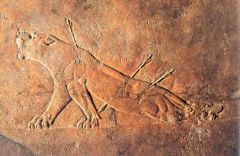
|
The Dying Lioness
Place: Nineveh/Iraq, Mesopotamian Bas Relief - low relief King's Braveness |
|
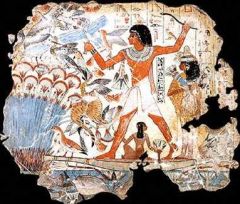
|
Fowling Scene
from the tomb of nebanum Place and culture: Egypt Size shows rank thought to be a "family photo" wanted to include stuff from their living life into afterlife |
|

|
Venus of Willendorf
Place: Austria Culture: Paleolithic Sign of fertility and abundance Everything that lived that time had the only major goal of survival, so this symbolizes everything that helps with that. |
|
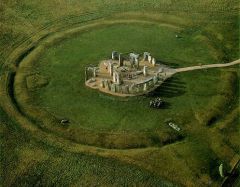
|
Stonehenge
Place: Salisbury Plain, England (Wiltshire) Culture: Neolithic |
|
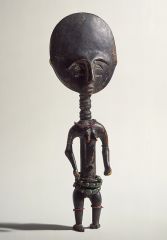
|
Akuaba Figure
created in 19th-20th century by the Akan peoples in Ghana out of wood, beads, and string the large disc head is a symbol of beauty Expecting mothers used to carry this with them to procect against their child being ugly Literary means "Akua's Child," which comes from the legend of a woman named Akua who wished to have a child but didn't, so a priest told her to carry it around as a child. eventually she gave birth to a beautiful baby girl. |
|
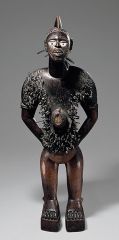
|
Nkisi Nkondi
Kongo subgroup: Yombe gives diviners a extra sense of preception was used by oracles to reveal the identities of sinners |
|

|
Lamassu
Winged Human-Headed Bull Mesopotamian/Assyrian Civilization Placed near Gates as Guardians they also bore some weight of the arch above them 4mX4mX1m Curses those who enter with malevolent intentions |
|
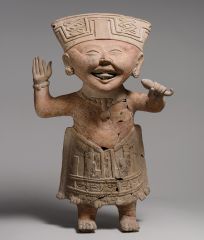
|
Smiling Figure
Made in 7th-8th century From Remojadas region in Mexico Out of Ceramic God of dance, music, and joy they represent signs of intoxication, which means they could have been ritual participants or sacrifices |
|
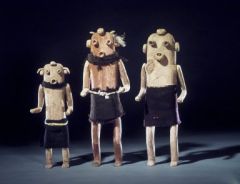
|
Kachina Dolls
Culture: Hopi Indians made in the late 19th century out of wood, pigment, wool, and cotton Were used as an idol to appease the unknown Represent spirits carries prayers from the people to the gods |
|

|
Water Dreaming at Kalipinypa
Culture: Aborigine Place: Australia Aboriginal art Dreamtime |

